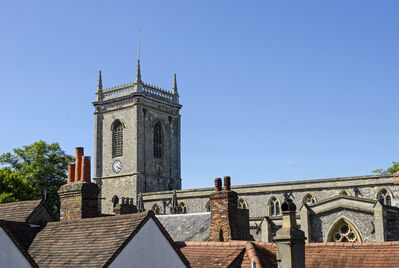Know your rental yield

Know your rental yield
Do you know what the ‘yield’ of your buy-to let property is? Understanding this is important to evaluating the financial success of your investment and is also used as a factor for lenders when considering the affordability of buy-to-let mortgages.
What is a rental yield?
The rental yield is the amount of money you make on an investment property by calculating the total costs of the property and the income you receive from renting it. The figure is expressed as a percentage. There are two calculations: the gross rental yield and the net rental yield which will be explained in more detail below.
Why are property rental yields important?
They help you to confirm if the rental income will generate sufficient return to make your buy-to-let property profitable. They enable you to compare the relative returns of a property investment against the overall rental market, your own portfolio in addition to other investments such as savings or pensions.
How do I calculate the gross rental yield?
You’ll need to calculate the annual rental income by the price of the property and then multiply this by 100. This figure is the simplest calculation of yield.
For example, if you take an average house price of £250,000 and you charge rent of £1,000 per month or £12,000 per year for this,
£12,000/£250,000= 0.048. Multiply by 100 = your gross yield will be 4.8%.
If you were to purchase the property on buy-to-let basis it would incur a stamp duty cost of £10,000 on purchase, taking the full purchase price up to £260,000. Other costs that will need to be factored in include legal fees, decorating or furnishing fees and any potential unoccupied or void periods when you will not receive rental income.
Find out how much your yield will be with the easy to use Gross Yield Calculator.
What is a net rental yield?
A truer reflection of the return on your investment is the net rental yield. This metric factors in how much is spent on other expenses such as management charges if applicable, ground rent, leasehold fees, service charges, repair costs and insurance.
A general understanding is that a net rental yield is usually 1-2% less than the figure obtained from the gross yield calculations. The example above would see a net rental yield in the region of 2.8 – 3.8%.
By increasing the rental income, negotiating the purchase price and keeping a keen eye on expenses, the net rental yield could be increased.
How would I estimate the rent for a property I am yet to buy?
Most property portals now also give an indication of how much a property is for sale, in addition to how much monthly rent the property could generate.
What is a typical rental yield?
You need to think about whether your rental income will cover the costs of running the property. These costs include mortgage repayments, insurance, maintenance, wear and tear costs and any other expenditure. An overview of the type of additional expenses you may incur can be found on the Landlord Compliance Guide.
Property yields change as the cost of property increases and rental supply and demand fluctuates. Rental yields in the UK vary by location. They can be up to 10% dependent on area and the type of property being let, but are typically around the 5-8% mark.
Is rental yield the only thing to consider?
While it is important to know how much your rental yield is, it is not the only factor that should influence your decision on whether to invest in a property. Capital appreciation considers if the property has increased and will increase in the future. You need to bear in mind that in the event of a property crash the capital appreciation may be impacted and this is where buy-to-let investors will use the rental yield as more important measure of the financial performance of a property investment.
Any buy-to-let property investment should always be part of a medium-long term financial plan as a result.
More information






